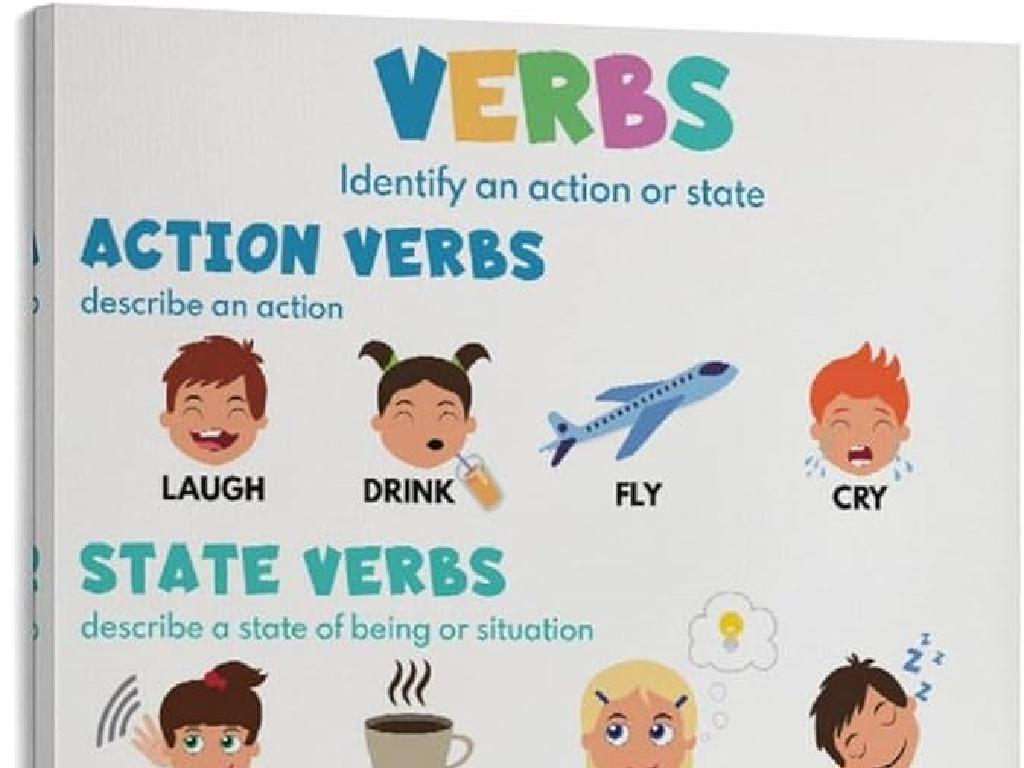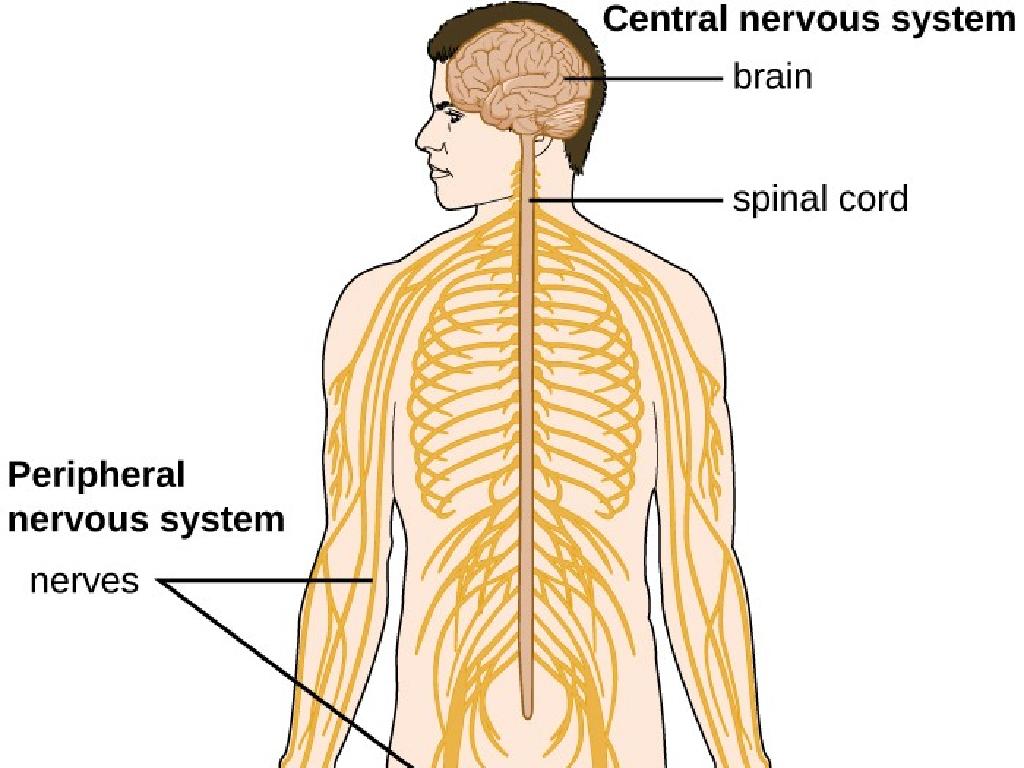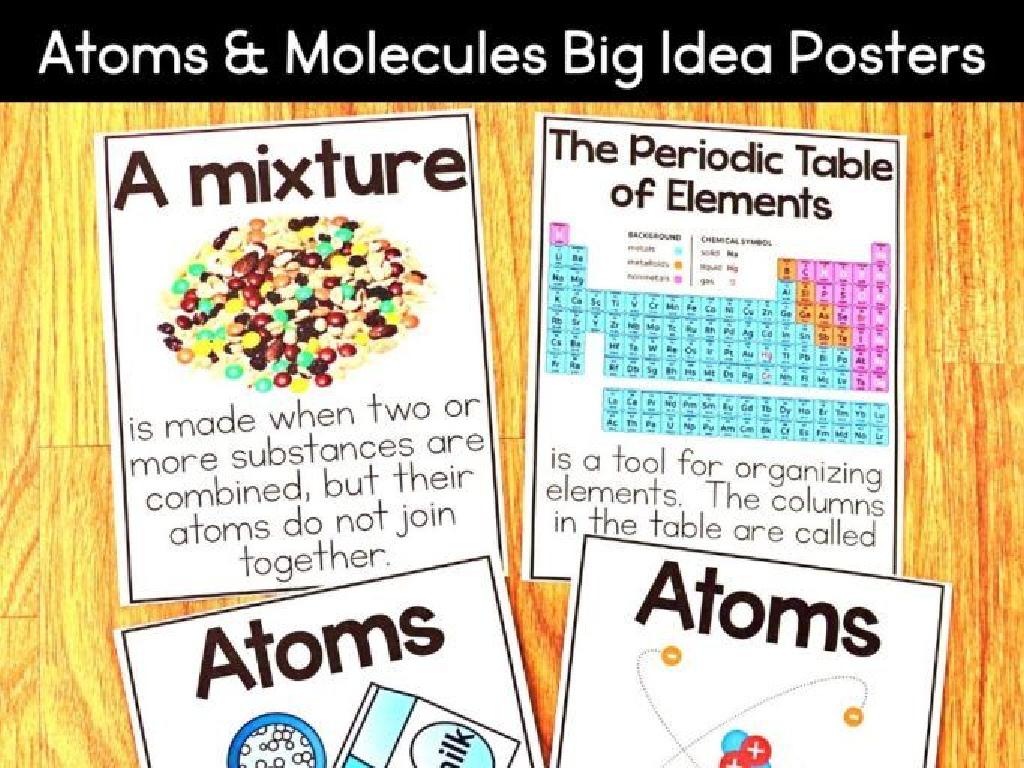Identify And Classify Fossils
Subject: Science
Grade: Fifth grade
Topic: Fossils
Please LOG IN to download the presentation. Access is available to registered users only.
View More Content
Welcome to the Fascinating World of Fossils!
– What are fossils?
– Fossils are remains of ancient life preserved in rock.
– Types of fossils
– Body fossils: actual parts; Trace fossils: footprints, burrows.
– The role of fossils in science
– Fossils help us understand Earth’s history and past life.
– How we learn from fossils
– They show evolution, climate changes, and ancient ecosystems.
|
This slide introduces students to the concept of fossils, setting the stage for a deeper dive into paleontology. Begin by defining fossils as the preserved remains or traces of ancient organisms. Explain the difference between body fossils, like bones or shells, and trace fossils, like footprints or burrows. Discuss the significance of studying fossils, such as uncovering the history of life on Earth, understanding evolutionary processes, and reconstructing past environments. Encourage students to think about how fossils provide a window into the past and what we can learn from them about the organisms that lived millions of years ago.
Exploring Fossils: Clues to the Past
– Fossils: Remains of ancient life
– Preserved remains like dinosaurs’ bones or plants’ imprints
– Types: Bones, shells, imprints
– Can be actual body parts or just marks left in stone
– Fossils’ resting place: Rocks
– Often found embedded within sedimentary rock layers
– Fossils as history clues
– Help us understand what Earth was like long ago
|
This slide introduces students to the concept of fossils, which are the preserved remains or traces of organisms that lived in the geological past. Fossils can be actual remains, such as bones or shells, or traces like footprints or leaf imprints. They are typically found in sedimentary rocks, which form from the accumulation of sediments. By studying fossils, scientists can piece together the history of life on Earth and the environmental conditions that existed in different time periods. Encourage students to think about how a fossil is like a history book, giving us a glimpse into the life and environment of the past. Discuss the process of fossilization and the types of rocks where fossils are commonly found.
Types of Fossils: Clues to the Past
– Body Fossils: preserved organism parts
– Like bones, teeth, or shells that have turned into stone.
– Trace Fossils: evidence of organism activity
– Includes footprints, nests, or droppings left behind.
– Each type reveals unique information
– Body fossils show physical features, trace fossils show behavior.
– Importance of fossil classification
|
This slide introduces students to the two main types of fossils and emphasizes the importance of each in understanding Earth’s history. Body fossils are actual parts of organisms that have been preserved, often found in sedimentary rocks, and can include bones, teeth, or shells. Trace fossils, on the other hand, are signs of an organism’s presence, such as footprints, burrows, or feces, and provide insight into the behavior and activity of ancient life. By classifying fossils, scientists can piece together the story of past ecosystems and the organisms that inhabited them. Encourage students to think about what information each type of fossil might provide and why both are crucial for painting a complete picture of prehistoric life.
How Fossils Form
– Understanding fossilization
– Fossilization is how living things become preserved as fossils.
– Conditions for fossilization
– Fossils need quick burial, and little oxygen to form.
– Fossils in various environments
– Rivers, oceans, and deserts can all hold fossils.
|
This slide aims to explain the process of fossilization to fifth graders. Begin by defining fossilization as the process by which remains of living things are preserved in the Earth’s crust. Discuss the specific conditions necessary for fossilization, such as rapid burial and low oxygen environments, which prevent decay and allow for preservation. Highlight different environments where fossils can be found, such as riverbeds, ocean floors, and deserts, and explain that the conditions in these places were once suitable for fossilization. Encourage students to think about how the environment might have been different in the past to allow for fossil formation. Provide examples of fossils found in each type of environment to help students visualize and understand the concept.
Classifying Fossils: What Makes Them Different?
– Criteria for fossil classification
– We use features like where they were found, their shape, and what they’re made of.
– Characteristics: shape, size, patterns
– Look at the outline, texture, and any visible structures.
– Classify real fossil images
– Use the images in your worksheet to group fossils by similarities.
– Understand fossils’ diversity
|
This slide introduces the criteria for classifying fossils and emphasizes the importance of observable characteristics such as shape, size, and patterns. Students will apply these criteria in a hands-on activity where they will classify images of fossils. This activity will help them understand the diversity of fossils and the importance of classification in paleontology. Provide clear examples and ensure that each student has a worksheet with a variety of fossil images. Encourage them to discuss their reasoning for classification with their peers. This will foster critical thinking and observational skills.
Fossil Excavation Simulation
– Role of paleontologists
– Scientists who study ancient life through fossils
– Careful excavation is key
– To avoid damaging fossils, we must excavate with care
– Simulate a fossil dig
– Using tools to uncover ‘fossils’ in our classroom activity
– Discovering the past
|
This slide introduces students to the exciting world of paleontology and the meticulous process of fossil excavation. Begin by explaining the role of paleontologists and how they use fossils to understand Earth’s history. Emphasize the importance of careful excavation to prevent damage to these precious historical records. The class activity will involve a simulated fossil dig, where students can experience the thrill of uncovering ‘fossils’ using tools and techniques similar to those used by professionals in the field. This hands-on experience will help students appreciate the patience and precision required in paleontology. Provide various materials such as brushes, small digging tools, and ‘fossil’ embedded blocks for the activity. Ensure to guide them through the process, highlighting the importance of each step in the excavation.
Fossil Identification Activity
– Learn to use identification guides
– Identify different fossil types
– Look for shapes, sizes, and patterns
– Classify fossils in simulation
– Use the guides to determine if it’s a plant or animal fossil
– Discuss findings with classmates
|
This slide introduces an interactive class activity where students will use fossil identification guides to determine the types of fossils they encounter in a simulation. The activity is designed to help students apply their knowledge of fossils in a practical setting, reinforcing their understanding of how fossils are classified based on their characteristics. Teachers should prepare by setting up the simulation and ensuring that identification guides are available for student use. Possible activities include identifying specific fossils, categorizing them as plant or animal, and discussing the environmental conditions in which these fossils may have formed. Encourage students to share their findings and reasoning with the class to foster collaborative learning.
Fossils: Conclusion & Reflection
– Recap of fossil knowledge
– Fossils’ role in Earth’s history
– Fossils help us see what life was like long ago.
– Share class findings
– Each student discusses their activity results.
– Reflect on learning
– Think about how fossils tell Earth’s story.
|
This slide aims to wrap up the lesson on fossils by summarizing the key points learned. Emphasize the significance of fossils in providing a window into Earth’s past and the evolution of life. Encourage students to share their findings from the class activities, fostering a collaborative learning environment. Reflection is crucial; ask students to think about how their perception of Earth’s history might have changed after learning about fossils. This discussion can lead to a deeper appreciation of paleontology and its role in understanding our planet’s history.






